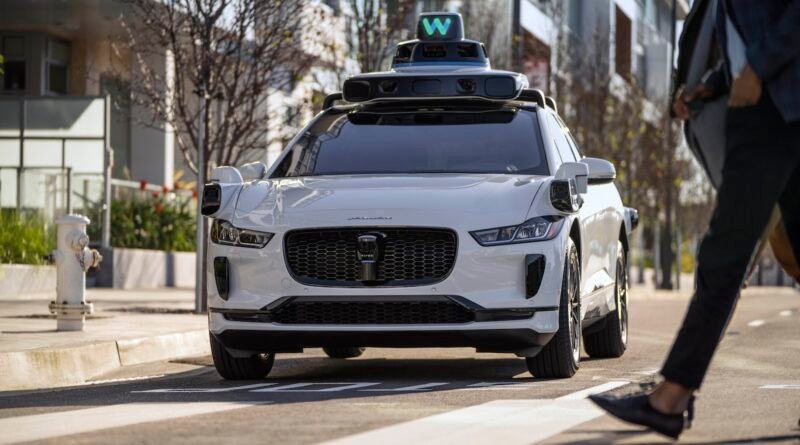Waymo, a pioneer in self-driving technology, is making significant strides in the autonomous vehicle industry. Its commercial robotaxi service has gained immense popularity in cities like Phoenix, Los Angeles, and San Francisco.
The number of driverless rides completed weekly has surged from 50,000 in May to a remarkable 150,000 in October, translating to approximately a million miles of autonomous driving each week.

To fuel its ambitious expansion plans, Waymo recently secured a substantial investment of $5.6 billion, valuing the company at $45 billion. This funding will enable the company to replicate its success in new cities such as Austin, Texas, and Atlanta.
The rapid progress of Waymo’s robotaxi service signifies a pivotal moment in the autonomous vehicle industry. After years of development, fully self-driving cars are not only operational on public roads but are also gaining widespread acceptance. This achievement positions robotaxis as a potential cornerstone for the commercialization of self-driving technology.

However, while Waymo’s technology is impressive, profitability remains a significant challenge. The company’s operating costs, including the purchase and maintenance of vehicles equipped with advanced sensors, research and development expenses, and the deployment of remote support teams, are substantial.
Although sensor costs are expected to decrease over time, and insurance premiums may decline as the technology proves its safety, profitability is still a distant goal.
Waymo’s dominance in the autonomous vehicle market is undeniable, but it faces stiff competition from other major players. Tesla’s ambitious plans to launch its own robotaxi service next year pose a significant threat. Cruise, after a setback due to a serious accident, is cautiously resuming operations. Amazon’s Zoox is also actively testing robotaxis in San Francisco and Las Vegas.

The future of autonomous vehicles is rapidly evolving. While significant progress has been made, challenges such as avoiding major accidents and effectively managing incidents remain crucial. As the industry continues to innovate and mature, the potential for transformative change in transportation is immense.
Reference- Singularity Newsletter, Interesting Engineering, The Verge, Vox, Waymo X-handle






